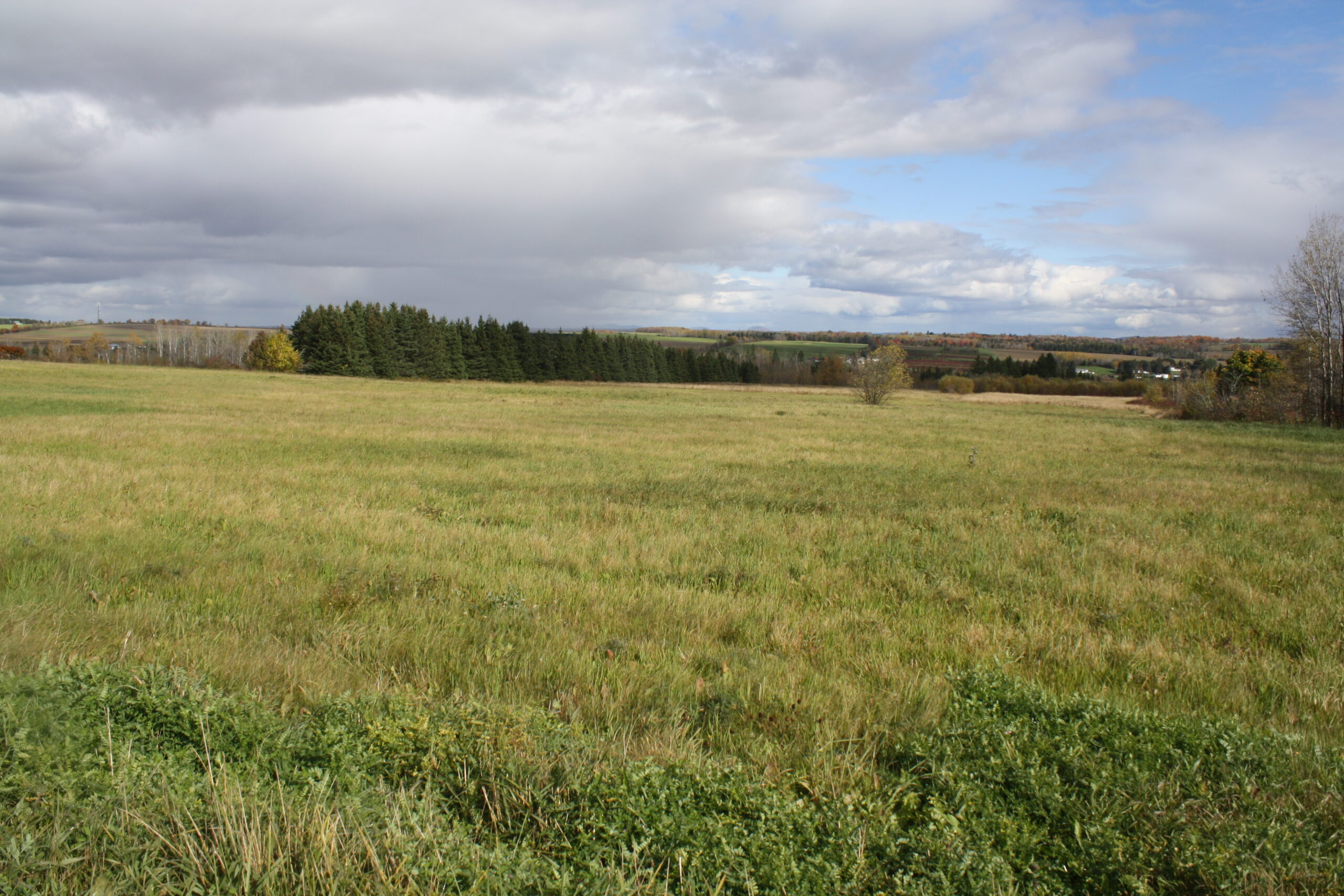
CARIBOU, Maine – City leaders are working with the Maine Department of Transportation to possibly add more access points off the Caribou Bypass and entice developers.
Maine DOT first constructed the Caribou Bypass in 1965, and today that portion extends from the Caribou Inn & Convention Center to Cary Medical Center. A second section known as the Caribou Connector was finished in 2012 to allow large trucks to drive through Caribou without going downtown.
Bypasses like the one in Caribou are “controlled access highways” that typically do not allow for many curb cuts, like driveways or other access points, in order to reduce traffic issues and improve safety, said Paul Merrill, spokesperson for Maine DOT. Others around the state include the Presque Isle Bypass, Washington Street in Auburn, Route 1 between Topsham and Bath and Route 701 between Scarborough and South Portland.
But the good intentions with Caribou’s bypass have also limited where large-scale business and housing developments can take place, said Troy Haney, chairperson of the Caribou Development Committee.
Amid efforts to revamp Caribou’s downtown and riverfront areas, the committee also sees potential in marketing vacant, city-owned property as ideal spaces for industrial and commercial businesses and new housing. While nearby Presque Isle and Loring Commerce Center have advantages with their own industrial parks, Haney and colleagues think Caribou can still be an ideal place for larger growth if more land becomes accessible.
“In Caribou, there’s not a lot of developable land left for larger businesses, but there’s large plots of land between the Caribou Inn and the Fort Road intersection,” Haney said. “It could be anything from retail to restaurants and hospitality to residential development, or a combination.”
For instance, between Route 1 and Main Street, the city owns 9.8 acres that public works currently uses as a snow dump, adjacent to 107 acres that local developer Carl Soderberg owns. The snow dump is also across from the Chadwick-BaRoss parts and service store, which plans to expand as the city extends sewer lines to that location.
Cary Medical sits on 93 acres owned by the Cary Hospital District Board. Much of that land is vacant but so far there have not been discussions on how the land could be developed, said City Manager Penny Thompson.
The development committee recently began discussions with Maine DOT leaders on whether those and other city-owned properties could be suitable for curb cuts.
“This is a great strategy for identifying growth areas in the city,” Thompson said.
Conversations will likely remain ongoing for some time and any potential project would depend on DOT approval, construction costs, funding sources, topography of the land and whether sewer and water lines need to be extended, Thompson noted.
So far those conversations have been “productive,” Merrill said.
“We want to work toward a common goal focused on safety, mobility and opportunities to support economic development,” Merrill said.






